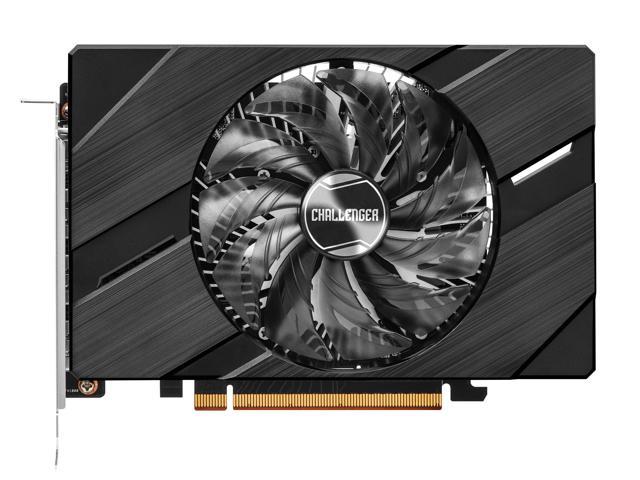- Joined
- May 2, 2017
- Messages
- 7,762 (2.64/day)
- Location
- Back in Norway
| System Name | Hotbox |
|---|---|
| Processor | AMD Ryzen 7 5800X, 110/95/110, PBO +150Mhz, CO -7,-7,-20(x6), |
| Motherboard | ASRock Phantom Gaming B550 ITX/ax |
| Cooling | LOBO + Laing DDC 1T Plus PWM + Corsair XR5 280mm + 2x Arctic P14 |
| Memory | 32GB G.Skill FlareX 3200c14 @3800c15 |
| Video Card(s) | PowerColor Radeon 6900XT Liquid Devil Ultimate, UC@2250MHz max @~200W |
| Storage | 2TB Adata SX8200 Pro |
| Display(s) | Dell U2711 main, AOC 24P2C secondary |
| Case | SSUPD Meshlicious |
| Audio Device(s) | Optoma Nuforce μDAC 3 |
| Power Supply | Corsair SF750 Platinum |
| Mouse | Logitech G603 |
| Keyboard | Keychron K3/Cooler Master MasterKeys Pro M w/DSA profile caps |
| Software | Windows 10 Pro |
Motherboards are suffering the same fate as smartphones have - as they see an ever increasing amount of features and high speed IO stuffed into them, BOM, costs, design complexity and production difficulty all skyrocket, taking prices with them. And like smartphones, we're seeing more an more people settle for more midrange offerings as, well, they don't actually need heaps of PCIe 4.0 or 5.0, 50-phase VRMs or all the thunderbolts and USB4s and fancy NICs etc for a regular pc build. Contrast this to CPUs that are wildly expensive to design but relatively cheap to manufacture (small die sizes, massive economies of scale), and you see why motherboards are pulling away in terms of price.
Last edited:

















